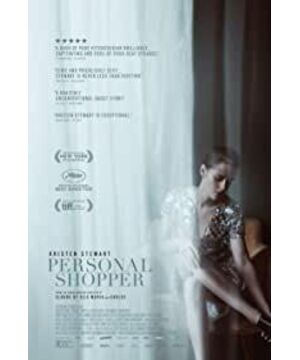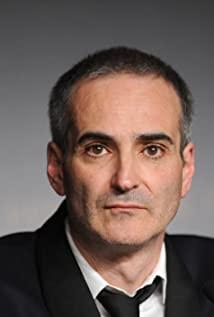After "Sils Maria," Assayas wrote "Personal Shopper," which centers on another assistant, Maureen, whose visits to the Chanel showroom, on behalf of the model who employs her, become an element of the plot. The movie is part ghost story and part murder mystery; the role of Maureen seems written for Steward, though Assayas told me that, if he wrote it for her, he did so subconsciously. The exquisite dresses that Maureen tries on in the course of her job--her hair unkempt , her face without makeup--do nothing to hide the grief she hold in her body. Driving in Paris on a motor scooter, weaving through traffic, Maureen mumbles to herself, trapped in recursive thoughts about someone who is no longer there. Recalling an image of a bloodied corpse while on a video call with her boyfriend, she shudders and half rubs her eyes,as if she could physically she the memory. Some actors, tasked with the portrayal of traumatic encounters amid personal loss, might tend toward sobbing or hyperventilation. Stewart shows a person whose mind is operating on multiple tracks; it's a mesmerizing struggle, the visual rendering of a divided intelligence.
“I felt that I was directing the film from the outside and she was directing it from the inside,” Assayas told me. The movie is full of long takes in which Stewart dictates the pace of the action, he noted. “She appropriated the character," he went on, "and put herself in a situation where the invisible, or the magic of cinema, or the world around her, becomes natural."
----Emily Witt, "Get Real." The New Yorker , Nov. 2021.
View more about Personal Shopper reviews











